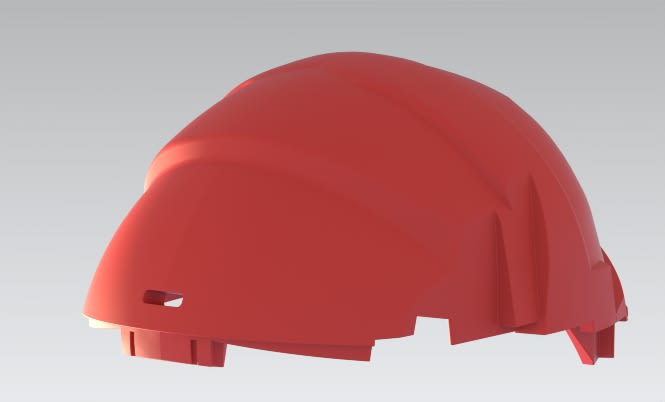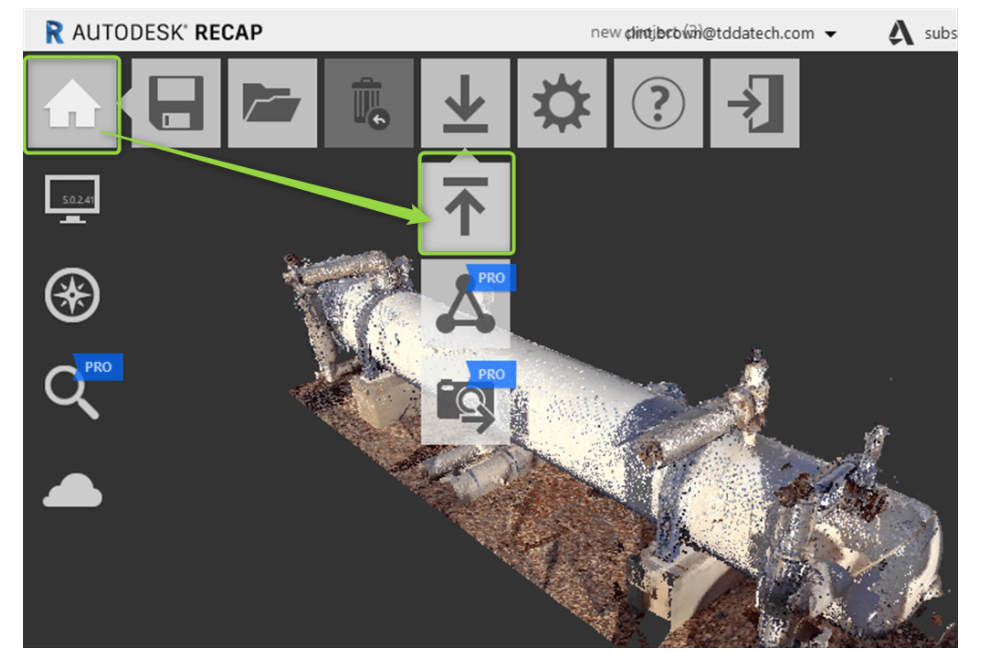

- MESHLAB ALIGN POINT CLOUDS REGISTRATION
- MESHLAB ALIGN POINT CLOUDS PORTABLE
- MESHLAB ALIGN POINT CLOUDS SOFTWARE
- MESHLAB ALIGN POINT CLOUDS CODE

Once the initial alignements are complete, drop it down to 1mm to 'fine tune' A value of 5 or 10 (in millimeters) is usually a good start. Typically for a manually aligned object you want this to be large enough to encompass your 'point picking' error. Minimal starting distance:this ignores any samples that are outside of this range.Number of Samples (Sample Number) points: this is the number of samples it pulls from each mesh to compare to the other meshes You do not want to make this number too big A small sample typically works quiet well 1,000 to 5,000 is usually.If we do not check, there will be a zoom factor in the final transformation matrix. If our two dots are the same size, then check Rigid Matching selection. After initial registration, we will make ICP registration, pay attention to the default parameters in Param ICP DEFAULT, and modify it as needed. Double-click the left mouse button to select, press and hold the Ctrl double-click the left button to eliminate the selection.Īfter that, I will find that the two points clouds are basically coincident together, and an asterisk appears before the second block name. Then select another point cloud, click Point Based Glueing, then pop up a window, manually select match points on two point clouds, at least 4 pairs of points OK confirm. First, choose the reference point cloud, here will not pan the original point cloud of the rotation as a reference, then click Glue Here Mesh, and one as an asterisk appears in front of the Name. Then click on the Align button on the toolbar to register, and an Align Tool dialog box will pop up. In the Meshlab imported these two files, the rendering mode can be seen after you can see two points cloud, as shown below. This transform corresponds to the change matrix Tfor: Then the monkey head is flat and rotated in the Blender to another location, along the XYZ axis, respectively, three units, respectively, using the keyboard command: GX2, Gy2, GZ2), and then rotate around the Z-45 ° (RZ-45), finally output it as a PLY file.
MESHLAB ALIGN POINT CLOUDS CODE
Next, the file that outputs it is PLY format (PLY file format is a set of three-dimensional MESH model data format developed by Stanford University, which allows files to store files in ASCII code format or binary form, in the field of graphics, PLY is commonly used And important file formats) Here, the open source three-dimensional modeling software BLENDER, first pressing the default cube in Blender, press SHIFT + A to create a monkey head Suzanne (Suzanne Is Blender's Alternative to more Common Test Models Such as the Utah Teapot and The Stanford Bunny, then add a modifier, and the Subdivision Surface will set the Render to 1, click Apply. In order to verify, you need to create a point cloud that does not match two positional postures.
MESHLAB ALIGN POINT CLOUDS REGISTRATION
Let's try the point cloud registration function in MESHLAB.


MESHLAB ALIGN POINT CLOUDS PORTABLE
MeshLabIt is an open source, portable and scalable three-dimensional geometric processing system, mainly used for interactive processing and unstructured editing 3D triangular mesh.


 0 kommentar(er)
0 kommentar(er)
